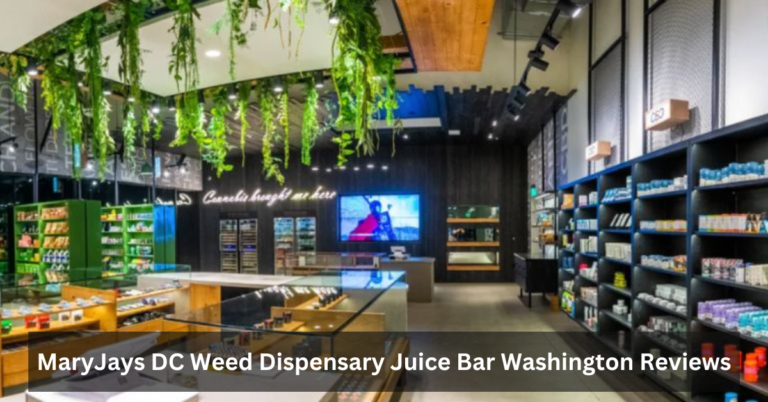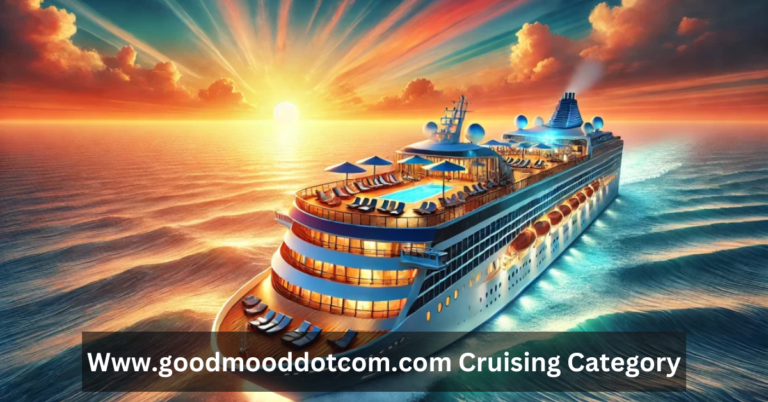Andywarhella: The Fusion of Art, Digital Culture, and Celebrity
Andywarhella is a conceptual term that represents the fusion of Andy Warhol’s artistic philosophy, digital culture, and modern celebrity identity. It reflects how social media, influencer branding, and digital art have evolved from Warhol’s original ideas about pop art and mass production. Warhol once predicted that everyone would have 15 minutes of fame, but today, digital platforms like Instagram and TikTok have extended that fleeting moment into a continuous cycle of self-promotion and curated identity. Andywarhella is more than just an aesthetic or a movement—it represents the way art and social media branding merge in an era where influencers are both creators and commodities.
This concept reflects how Warhol’s philosophy of art as a commercial product has been reinterpreted in the digital age. His Campbell’s Soup Cans and Marilyn Monroe portraits were early examples of art embracing mass media and consumer culture. Similarly, today’s digital artists and influencers capitalize on aesthetics and identity to build their brands, using visual appeal to engage audiences. Whether through NFTs (Non-Fungible Tokens), AI-generated art, or influencer-driven marketing, Andywarhella is the intersection of art and commerce, reflecting postmodern art interpretations in a hyper-connected world.
Art has always been a mirror of society, capturing cultural shifts, technological advancements, and human emotions. In Warhol’s time, pop art blurred the lines between high art and popular culture, celebrating the everyday while critiquing consumerism. Today, this digital revolution has taken that ideology further, transforming artists into brands and brands into art. From the rise of AI in the art industry to the explosion of NFT markets, creativity has become both a personal expression and an economic tool.
With the rise of Instagram and TikTok, the commodification of self-image has become mainstream, allowing individuals to craft personas that function like living, breathing artworks. This is the heart of Andywarhella—where self-portrayal, digital aesthetics, and personal branding merge into a single, monetizable entity. The result? A constant loop of art imitating life and life imitating art, just as Warhol envisioned.
The Origins of “Andywarhella”
Andy Warhol’s Legacy in Pop Art
Before we explore the depth of Andywarhella, we must first acknowledge the profound impact of Andy Warhol. Known as the pioneer of pop art, Warhol transformed everyday objects and celebrities into cultural icons, stripping them of their original meaning and turning them into mass-produced masterpieces. His famous Marilyn Monroe portraits, Coca-Cola bottles, and Campbell’s Soup Cans became some of the most recognizable artworks of the 20th century, questioning the value of art in a consumer-driven society.
Warhol’s The Factory, his legendary New York studio, became a hub of creativity, where artists, celebrities, and socialites converged, erasing the boundaries between art, fame, and commerce. This was the first major step toward today’s digital influencer economy, where aesthetics and celebrity identity play a crucial role in brand marketing and content creation.
How “Andywarhella” Reflects Warhol’s Influence
The essence of Andywarhella is deeply rooted in Warhol’s ideas about art, media, and repetition. Just as Warhol mass-produced celebrity portraits, today’s digital creators mass-produce content, each post carefully curated to reflect a perfect aesthetic. The rise of NFTs also echoes his philosophy—transforming digital creations into valuable, collectible assets, much like Warhol turned consumer products into high art.
Warhol’s famous quote, “Making money is art, and working is art, and good business is the best art,” is more relevant than ever. Today, influencers and digital artists embody this idea, where creativity, social engagement, and financial success are interconnected. Platforms like TikTok and Instagram have become modern-day “Factories,” churning out viral trends, digital aesthetics, and internet personalities that define contemporary culture.
The Role of Social Media in “Andywarhella”
Instagram, TikTok, and the Rise of Digital Fame
The world has become obsessed with visual culture, and social media is at the forefront of this transformation. Platforms like Instagram and TikTok provide a global stage for self-expression, allowing users to craft highly stylized identities that resonate with audiences. The Andywarhella aesthetic thrives in this space, blending elements of pop art influence today with modern digital trends to create engaging, marketable personas.
In the digital realm, individuals become living artworks, continuously shaping their image through filters, edits, and branding techniques. Unlike Warhol’s time, where mass media controlled fame, today, anyone with a smartphone can become a viral sensation. The line between artist and celebrity is vanishing, making fame a digital currency that fuels engagement and monetization.
Influencer Culture & Art as a Branding Tool
In the Andywarhella era, personal branding is an art form in itself. Influencers, digital artists, and content creators utilize their curated personas as tools for engagement, monetization, and audience connection. This self-branding draws directly from Warhol’s approach—turning individuals into products that can be marketed, sold, and consumed.
Banksy, Beeple, and Pak are modern examples of this shift. Beeple, in particular, leveraged the NFT boom to redefine digital ownership, selling a single piece of NFT art for $69 million. This proves that in the digital age, art isn’t just about creativity—it’s about marketability. The Andywarhella mindset embraces this philosophy, merging aesthetics, digital commerce, and influencer economy into a cohesive movement.
“Andywarhella” and the Digital Art Movement
NFTs and the Monetization of Art
The rise of NFTs (Non-Fungible Tokens) has revolutionized the art world, allowing artists to tokenize and sell their work on blockchain platforms. This aligns perfectly with Andy Warhol’s vision of mass production, turning digital creations into exclusive collectibles. Andywarhella embraces this shift, demonstrating how art, technology, and commerce continue to evolve together.
AI-Generated Art: The Future of Creativity
Artificial Intelligence is also playing a significant role in modern digital art movements. AI-generated portraits, deepfake technologies, and machine-learning artists are blurring the boundaries between human creativity and algorithmic design. This sparks debates about authenticity vs. automation, further fueling the Andywarhella conversation on the future of art and artificial intelligence.
The Future of “Andywarhella”
Where is the Digital Art Movement Headed?
With advancements in AI, NFTs, and virtual reality, the future of Andywarhella is limitless. We are witnessing an era where art is no longer confined to galleries—instead, it lives in digital spaces, metaverses, and blockchain networks. As technology continues to evolve, so will the definition of artistic expression and digital celebrity.
The Lasting Influence of Andy Warhol in the Digital Era
Andy Warhol’s influence remains strong, proving that art and culture are cyclical. His ideas about celebrity, consumerism, and self-promotion are even more relevant today, solidifying his legacy as a visionary of modern digital culture. As we move forward, Andywarhella will continue to define the way we engage with art, identity, and online fame.
Conclusion
The Andywarhella phenomenon highlights the fusion of art, digital culture, and influencer identity, showing that Warhol’s vision is alive and thriving in the digital era. As technology pushes creativity forward, the boundaries between art and commercialism, authenticity and performance, celebrity and creator will continue to blur. The future of Andywarhella is limitless—just like the internet itself.
The Andywarhella movement is a testament to how Andy Warhol’s vision continues to shape our world. As art, technology, and influencer culture merge, we are witnessing an era where everyone can be an artist, a brand, and a product simultaneously.
Warhol’s prophecy about fame, mass production, and art as business is playing out on a global digital stage, where NFT marketplaces, AI-driven creativity, and social media aesthetics drive cultural trends. In this era, Andywarhella is more than just an artistic concept—it’s a living, evolving reflection of the modern world.
As we move forward, the question remains: What will the next evolution of digital creativity look like? Will the rise of AI, VR, and blockchain art create a new renaissance or redefine what we consider authentic artistic expression? One thing is certain—the Andywarhella revolution is just beginning.
Frequently Asked Questions
How does Andy Warhol’s legacy influence digital culture today?
Andy Warhol’s pop art movement emphasized mass production, consumerism, and celebrity culture—concepts that are even more relevant in today’s Instagram and TikTok era. His idea that art can be commercialized and that anyone can be famous has been amplified by the digital revolution, where influencers, brands, and artists constantly engage in self-marketing and branding.
What role do NFTs play in the “Andywarhella” concept?
NFTs (Non-Fungible Tokens) are the modern equivalent of Warhol’s silk-screened prints, transforming digital art into valuable, unique assets. Just as Warhol mass-produced iconic images, NFTs allow digital creators to monetize their art in a decentralized way, making them an essential part of the Andywarhella movement.
How do social media platforms influence modern art?
Platforms like Instagram, TikTok, and Twitter act as modern-day galleries, where digital artists and influencers showcase their work, build audiences, and commercialize their creativity. The Andywarhella aesthetic thrives in this space, blending visual appeal, personal branding, and social engagement to create a new form of artistic identity.
What is the impact of AI-generated art on traditional creativity?
AI-generated art is pushing the boundaries of creativity, authorship, and artistic value. While some see it as a threat to human expression, others embrace it as a tool that enhances artistic possibilities. The Andywarhella movement acknowledges AI as a disruptive force, much like Warhol’s screen-printing techniques changed the way art was perceived in the 20th century.
How does the commodification of self-image relate to Andy Warhol’s ideas?
Warhol famously blurred the line between art and commerce, turning celebrities into artworks and products into icons. Today, social media influencers use their own identities as commercial assets, curating their lives to attract engagement and sponsorships. This is a direct extension of Warhol’s belief that branding oneself is an art form in itself.
What is the future of digital art in the “Andywarhella” era?
With the rise of NFTs, AI-generated art, and virtual reality galleries, digital art is set to become more immersive, interactive, and valuable. The Andywarhella philosophy suggests that as technology advances, art will continue to evolve into new, unpredictable forms, redefining how we perceive and interact with creativity.
Stay in touch to get more updates & alerts on FintechZoom! Thank you




